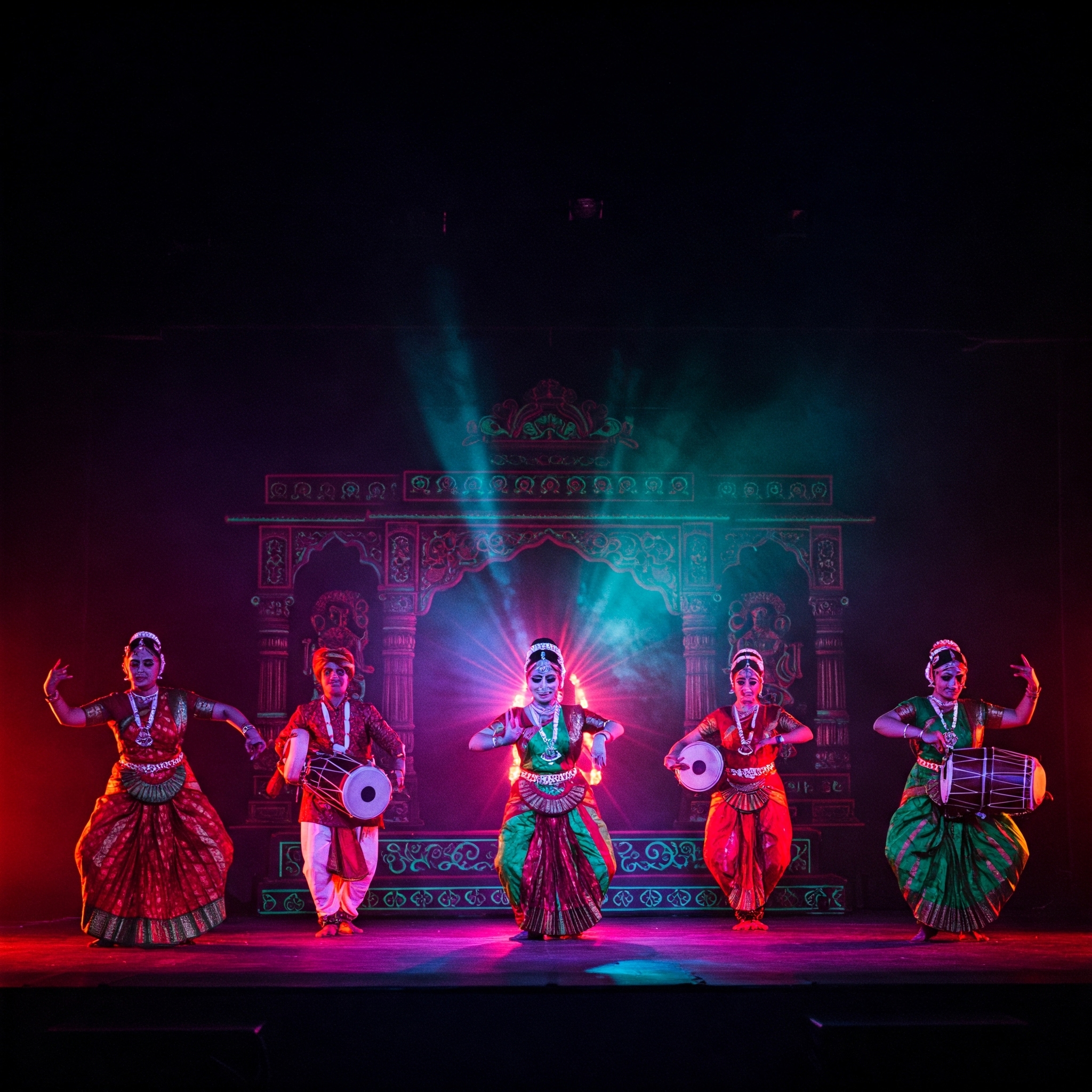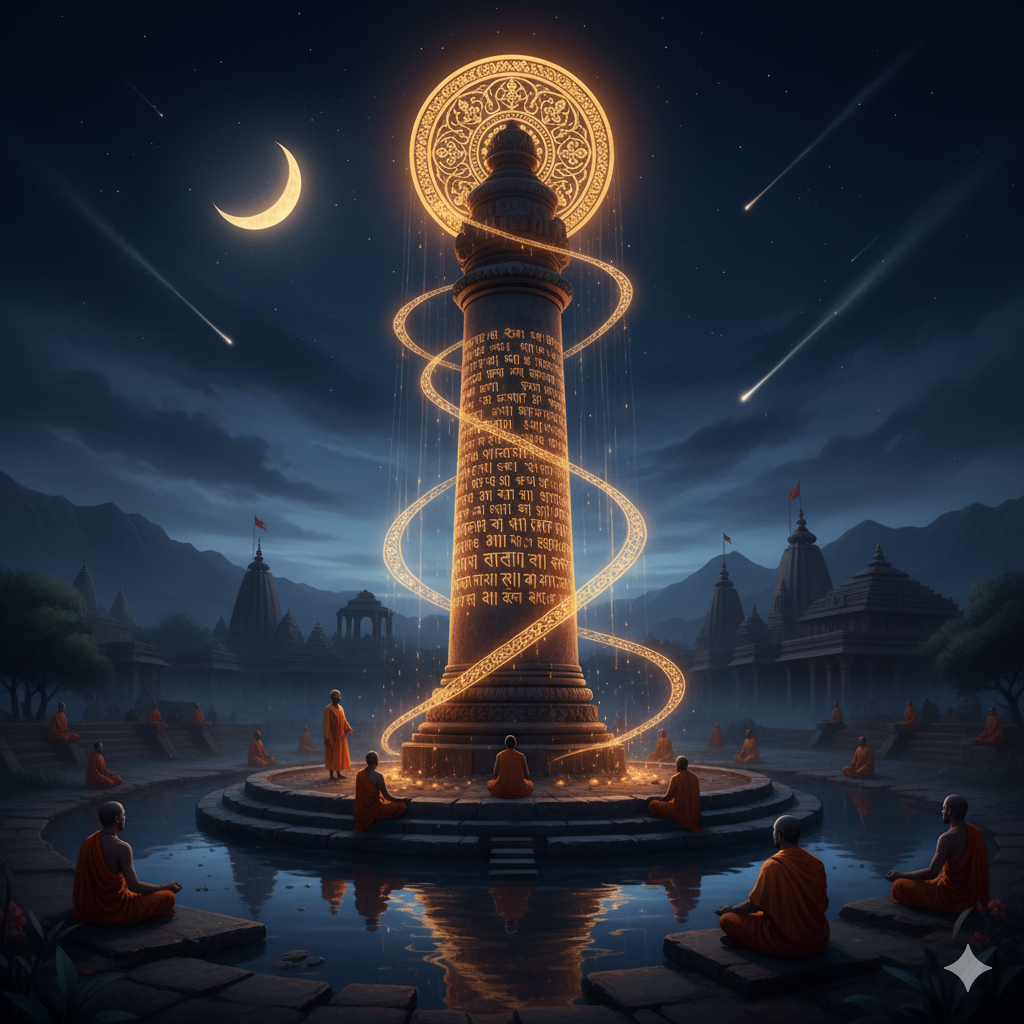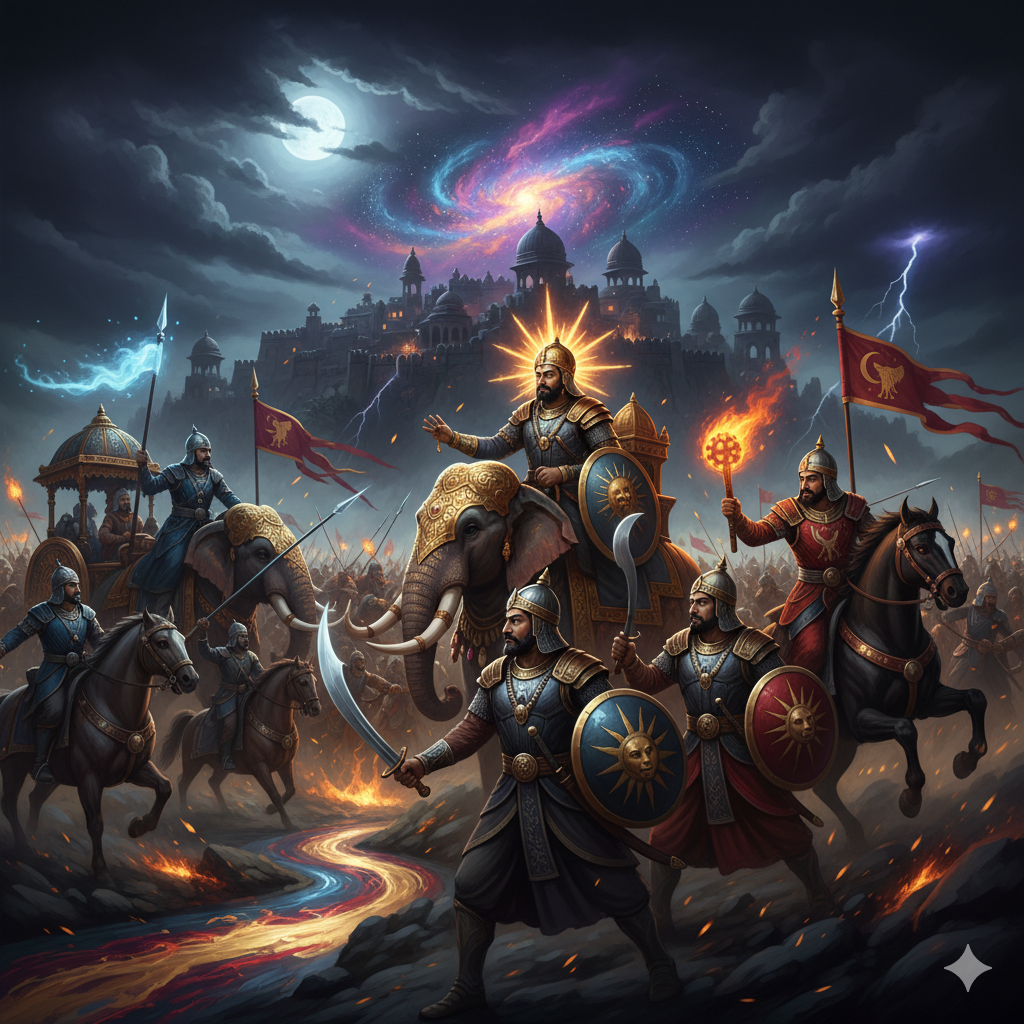Introduction
India’s rich cultural tapestry is deeply interwoven with the traditions of classical music and dance, which have evolved over millennia. Among the Indian states, Uttar Pradesh (UP) holds a uniquely significant place in the evolution, nurturing, and promotion of these classical art forms. From the gharanas of Hindustani classical music to the spiritually expressive Kathak dance form, UP has been a cradle of creativity, discipline, and heritage. The state has not only preserved these traditions through generations but has also actively promoted them through institutional support and public patronage.
This essay explores the historical roots, regional contributions, key personalities, institutional efforts, and the present-day initiatives by Uttar Pradesh in promoting and preserving Indian classical music and dance.
1. Historical Background and Cultural Milieu
Uttar Pradesh, often considered the cultural heartland of India, has been home to major kingdoms, religious movements, and artistic expressions. Cities like Varanasi, Lucknow, Mathura, Vrindavan, and Prayagraj have historically attracted saints, musicians, dancers, and patrons of the arts.
- Bhakti Movement: During medieval times, the Bhakti saints like Tulsidas, Kabir, and Surdas used music and poetry as means of spiritual expression. This had a lasting impact on the development of devotional and classical music in the region.
- Mughal Influence: The courts of the Mughals and Nawabs, especially in Lucknow, became centers of patronage for classical music and dance, giving rise to various gharanas and performance styles.
2. Uttar Pradesh and Hindustani Classical Music
2.1 Gharanas of Hindustani Music
Several influential gharanas (schools of music) have originated or flourished in Uttar Pradesh:
- Banaras Gharana (Varanasi): Known for both vocal and instrumental music, this gharana emphasizes spiritual and emotive renditions. It is particularly renowned for tabla and shehnai traditions.
- Rampur-Sahaswan Gharana: This gharana is closely associated with khayal singing and has contributed immensely to the development of classical vocal styles with intricate taans and raga development.
- Gwalior Gharana (Influence in UP): Though based in Madhya Pradesh, this gharana had strong influences in UP through royal patronage and discipleship networks.
2.2 Instrumental Music and Legends
- Ustad Bismillah Khan, a legendary shehnai maestro and Bharat Ratna awardee, hailed from Varanasi. His contribution popularized the shehnai on national and international stages.
- Pandit Ravi Shankar, although born in Varanasi, became a global ambassador of the sitar, blending classical tradition with innovation.
- Thumri and Dadra, semi-classical genres, also found strong roots in UP, especially in the Awadhi and Braj regions, blending poetic beauty with musical depth.
3. Uttar Pradesh and Classical Dance – The Rise of Kathak
3.1 Origins and Evolution of Kathak
Kathak, one of the eight major classical dance forms of India, finds its origins in northern India, with Uttar Pradesh as its epicenter.
- Derived from the Sanskrit word ‘Katha’ (story), Kathak began as a storytelling tradition by traveling bards who narrated religious and mythological tales through expressive dance and gestures.
- Under Mughal influence, Kathak was transformed into a court performance art, gaining sophistication, rhythmic complexity, and refined expression.
3.2 Lucknow Gharana of Kathak
The Lucknow Gharana, established under Nawab Wajid Ali Shah, is known for its grace, expressiveness (bhava), and intricate abhinaya (expression).
- This gharana highlights romantic and devotional themes, with compositions based on Krishna-Radha lore.
- Great maestros like Pandit Birju Maharaj, one of India’s most iconic Kathak dancers, belonged to this lineage. His work brought Kathak to global recognition.
4. Contributions of Prominent Artists from Uttar Pradesh
UP has been home to numerous stalwarts in Indian classical music and dance:
- Pandit Kishan Maharaj (Tabla) – Varanasi
- Girija Devi (Thumri) – Banaras Gharana
- Pandit Chhannulal Mishra – Renowned for classical and semi-classical singing
- Sitara Devi – Celebrated Kathak dancer who brought the art form to Bollywood
- Shobha Koser and Uma Sharma – Prominent Kathak exponents trained under UP traditions
These artists not only preserved the traditions but also adapted them for newer audiences, thus ensuring continuity.
5. Cultural Centers and Institutions
5.1 Bhatkhande Music Institute, Lucknow
- One of India’s premier institutions for classical music education, offering degrees and diplomas in vocal, instrumental, and dance forms.
- Plays a critical role in training future musicians and preserving classical theory and practice.
5.2 Kathak Kendra, Lucknow
- Focused on the Lucknow Gharana of Kathak, this institution has trained numerous dancers who have gone on to become global performers.
- Regular workshops, performances, and collaborative programs are organized to promote dance education.
5.3 Sangeet Natak Akademi (Regional Centers)
- Acts as a cultural policy and funding body to encourage performances, research, and preservation of classical arts in the state.
6. Festivals and Platforms Promoting Classical Arts
UP hosts several festivals that showcase classical music and dance:
- Sankat Mochan Music Festival (Varanasi): Brings together top musicians in a spiritual setting.
- Tansen Samaroh (Gwalior, with UP participation): Honors the memory of legendary musician Tansen.
- Lucknow Mahotsav: A celebration of Awadhi culture, including Kathak and classical music.
- Kumbh Mela (Prayagraj): Besides religious significance, it serves as a platform for cultural expression including music and dance.
These festivals act as living laboratories where traditions meet contemporary interpretations.
7. Role of Government and Cultural Policy
The Uttar Pradesh government has undertaken several initiatives to promote classical arts:
- Grants and Scholarships: Provided to students and gurus to encourage formal training.
- Cultural Tourism Promotion: Music and dance festivals are promoted under the ‘Ek Bharat Shreshtha Bharat’ and ‘Dekho Apna Desh’ schemes.
- Digital Outreach: Institutions like Bhatkhande have launched online classes and webinars to reach global audiences.
- Integration in School Curriculum: Many schools in UP now include classical music and dance as extracurricular or co-curricular activities.

8. Challenges in Preservation
Despite rich traditions, there are challenges that threaten the sustainability of classical arts:
- Commercialization: The influence of mass media often sidelines classical forms for more popular, commercial genres.
- Lack of Youth Engagement: Urban youth, especially in Tier-2 cities, are not sufficiently exposed to classical arts.
- Funding Constraints: Many gurus and artists struggle with financial support for running schools and hosting performances.
- Digitization Gaps: Many archives, notations, and compositions are still not digitized or preserved adequately.
9. Way Forward and Recommendations
To ensure long-term preservation and promotion:
- Enhanced Funding: Greater state and CSR support for cultural projects.
- Incentivized Education: Scholarships and fellowships for young learners.
- Documentation and Digitization: Systematic recording of oral traditions and performances.
- Cross-cultural Collaborations: Exchange programs with artists from other states and countries.
- Local Engagement: Conducting more district-level festivals and competitions to identify local talent.
Conclusion
Uttar Pradesh’s contribution to the preservation and promotion of Indian classical music and dance is both historic and ongoing. The state has nurtured some of the greatest traditions, gharanas, and legends in Hindustani music and Kathak dance. With its cultural institutions, festivals, and government support, UP continues to be a beacon of classical heritage in India. However, there remains a need for renewed engagement, especially with youth and digital platforms, to ensure these rich traditions are not only preserved but celebrated for generations to come.




